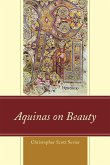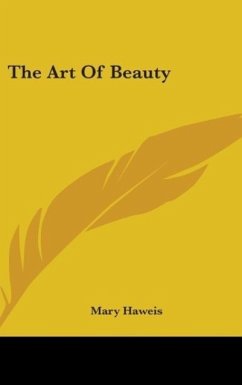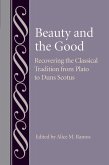Short description/annotation
Discusses the context and content of aesthetics as they relate to philosophical history and imagination.
Main description
Values of Beauty discusses major ideas and figures in the history of aesthetics from the beginning of the eighteenth century to the end of the twentieth century. The core of the book features Paul Guyer's most recent essays on the epochal contribution of Immauel Kant, and sets Kant's work in the context of predecessors, contemporaries, and successors including David Hume, Alexander Gerard, Archibald Alison, Arthur Schopenhauer, and John Stuart Mill All of the essays emphasize the complexity rather than isolation of our aesthetic experience of both nature and art; and the interconnection of aesthetic values such as beauty and sublimity on the one hand, and prudential and moral values on the other. Guyer emphasizes that the idea of the freedom of the imagination as the key to both artistic creation and aesthetic experience has been a common thread throughout the modern history of aesthetics, although the freedom of the imagination has been understood and connected to other forms of freedom in a variety of ways.
Table of contents:
Part I. Mostly Before Kant: 1. The origins of modern aesthetics: 1711-1735; 2. The standard of taste and the 'Most Ardent Desire of Society'; Part II. Mostly Kant: 3. The harmony of the faculties revisited; 4. Beauty and utility in eighteenth-century aesthetics; 5. Free and adherent beauty: a modest proposal; 6. Kant on the purity of the ugly; 7. Beauty, freedom, and morality; 8. The ethical value of the aesthetic; 9. The symbols of freedom in Kant's aesthetics; 10. Exemplary originality; Part III. Mostly After Kant: 11. Pleasure and knowledge in Schopenhauer's aesthetics; 12. From Jupiter's eagle to Warhol's boxes; 13. The value of a theory of beauty.
Hinweis: Dieser Artikel kann nur an eine deutsche Lieferadresse ausgeliefert werden.
Discusses the context and content of aesthetics as they relate to philosophical history and imagination.
Main description
Values of Beauty discusses major ideas and figures in the history of aesthetics from the beginning of the eighteenth century to the end of the twentieth century. The core of the book features Paul Guyer's most recent essays on the epochal contribution of Immauel Kant, and sets Kant's work in the context of predecessors, contemporaries, and successors including David Hume, Alexander Gerard, Archibald Alison, Arthur Schopenhauer, and John Stuart Mill All of the essays emphasize the complexity rather than isolation of our aesthetic experience of both nature and art; and the interconnection of aesthetic values such as beauty and sublimity on the one hand, and prudential and moral values on the other. Guyer emphasizes that the idea of the freedom of the imagination as the key to both artistic creation and aesthetic experience has been a common thread throughout the modern history of aesthetics, although the freedom of the imagination has been understood and connected to other forms of freedom in a variety of ways.
Table of contents:
Part I. Mostly Before Kant: 1. The origins of modern aesthetics: 1711-1735; 2. The standard of taste and the 'Most Ardent Desire of Society'; Part II. Mostly Kant: 3. The harmony of the faculties revisited; 4. Beauty and utility in eighteenth-century aesthetics; 5. Free and adherent beauty: a modest proposal; 6. Kant on the purity of the ugly; 7. Beauty, freedom, and morality; 8. The ethical value of the aesthetic; 9. The symbols of freedom in Kant's aesthetics; 10. Exemplary originality; Part III. Mostly After Kant: 11. Pleasure and knowledge in Schopenhauer's aesthetics; 12. From Jupiter's eagle to Warhol's boxes; 13. The value of a theory of beauty.
Hinweis: Dieser Artikel kann nur an eine deutsche Lieferadresse ausgeliefert werden.






![Heath's Book of Beauty ...: With Nineteen Beautifully Finished Engravings From Drawings by the First Artists / [serial]; 1833 Heath's Book of Beauty ...: With Nineteen Beautifully Finished Engravings From Drawings by the First Artists / [serial]; 1833](https://bilder.buecher.de/produkte/65/65519/65519002m.jpg)

